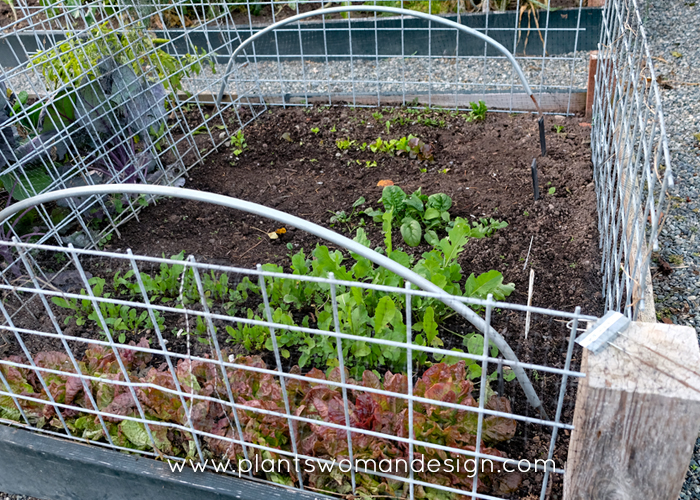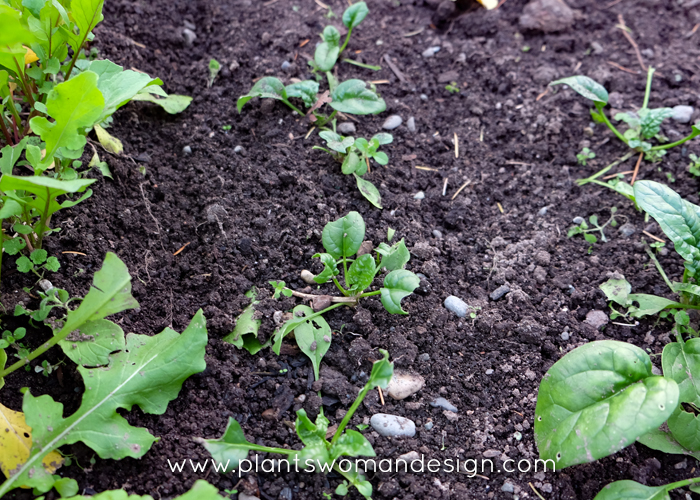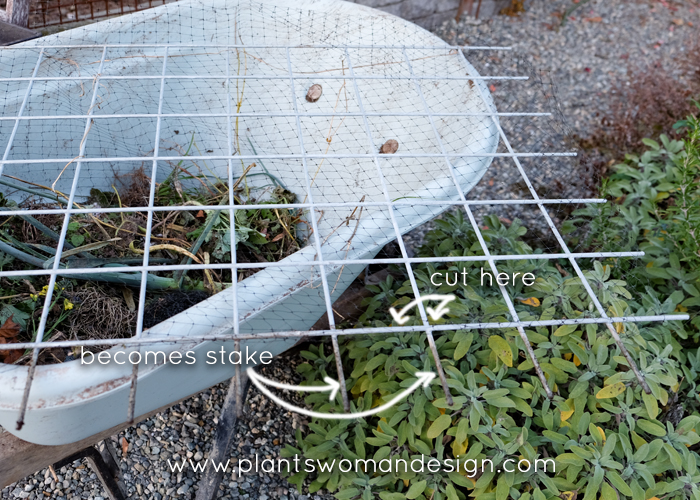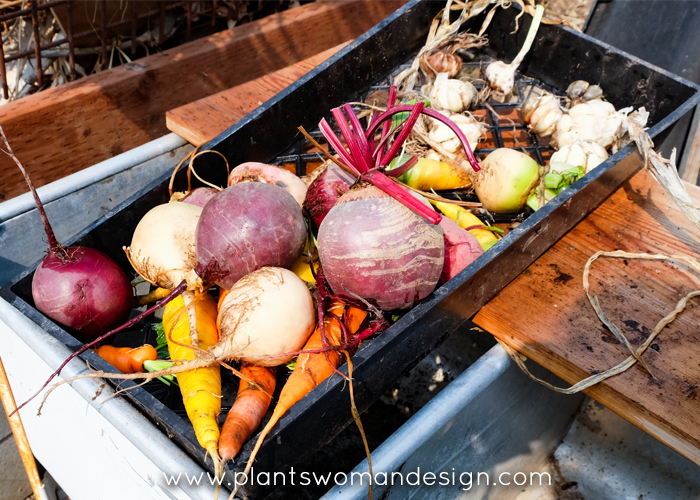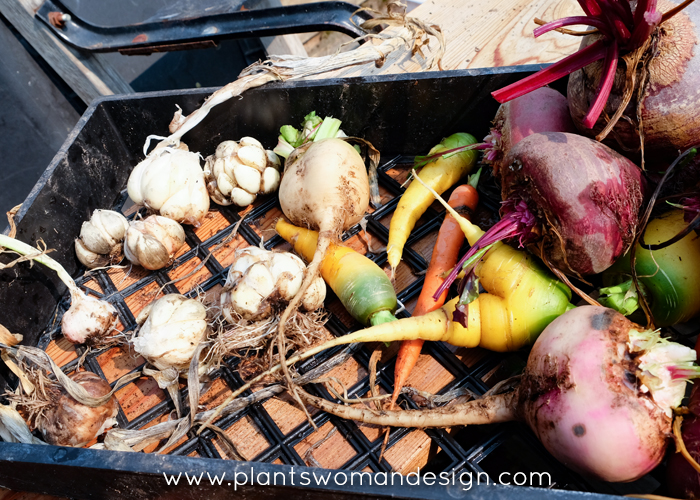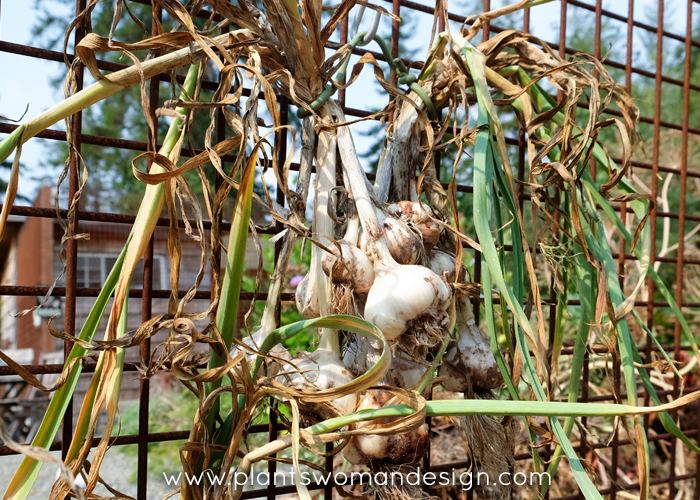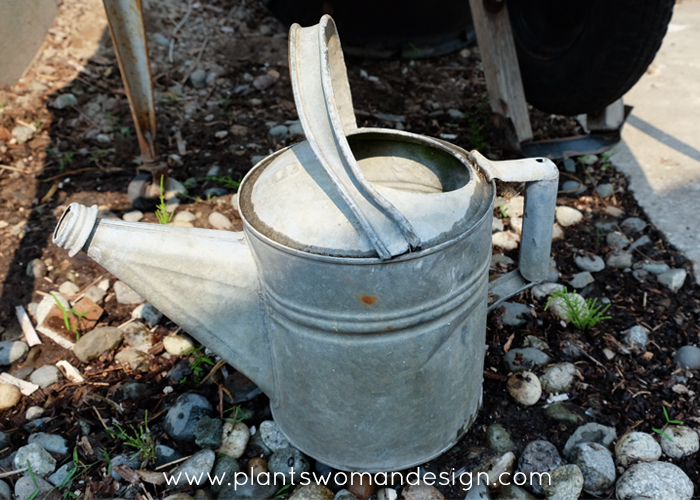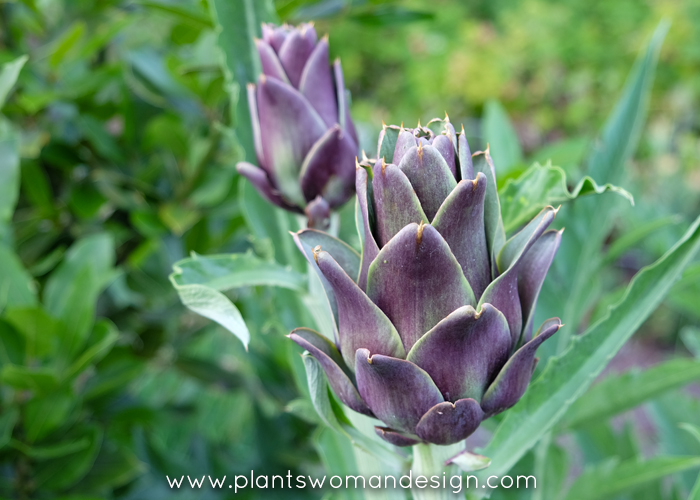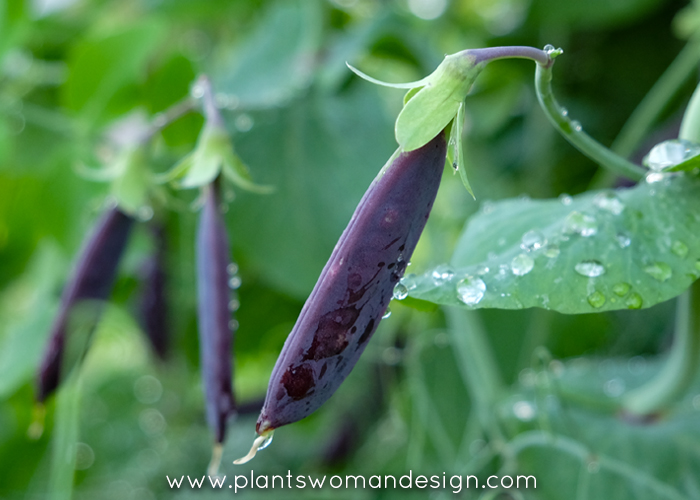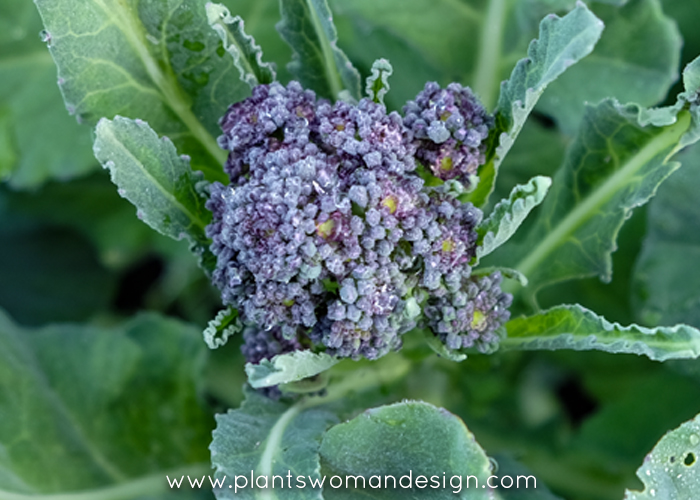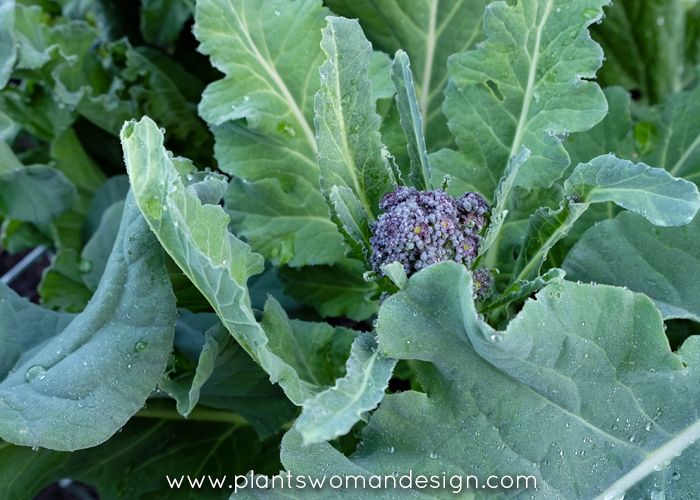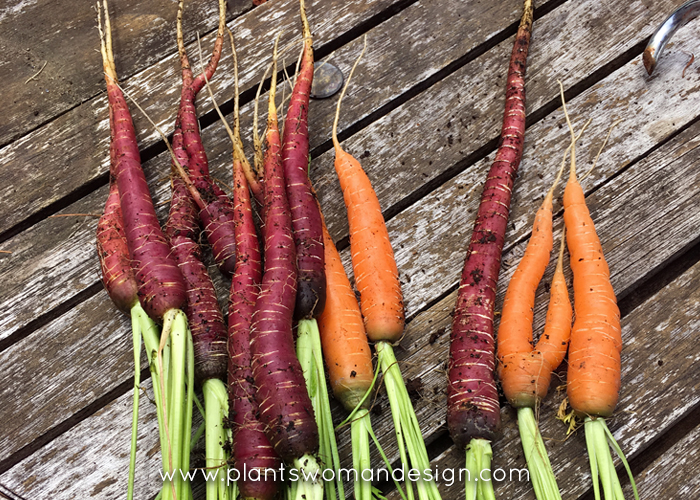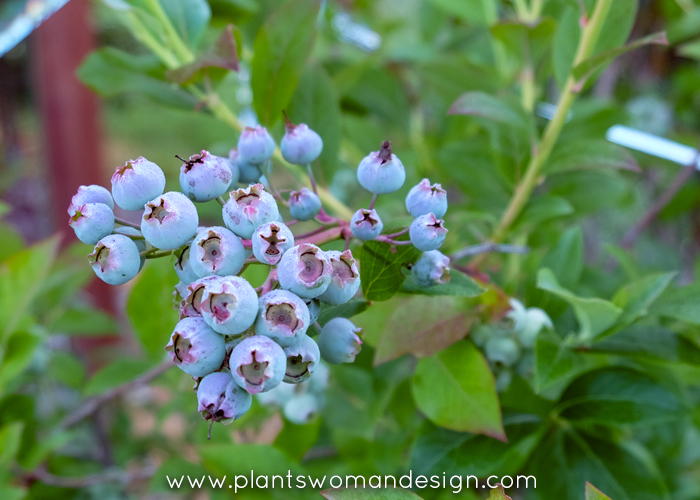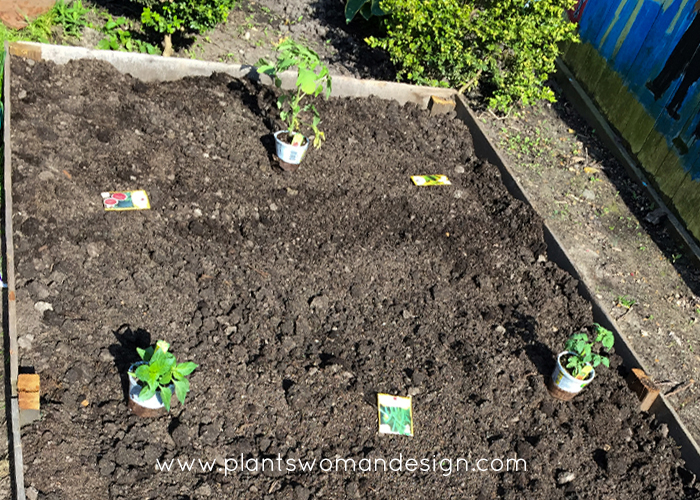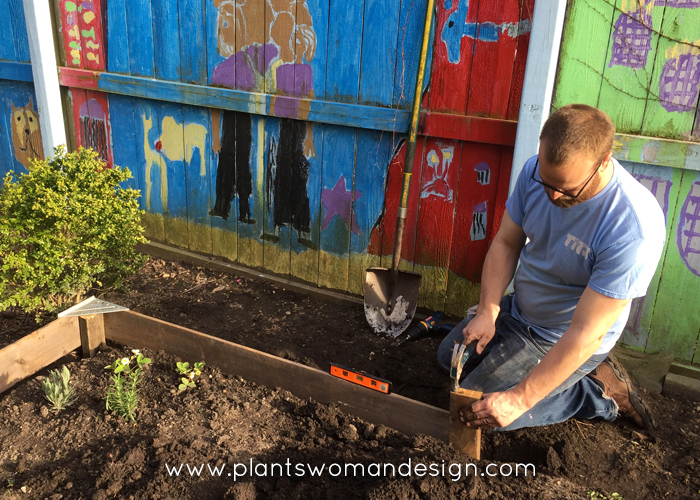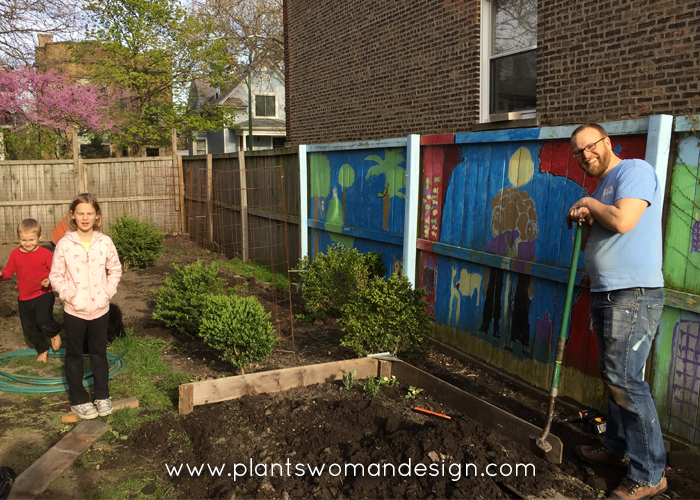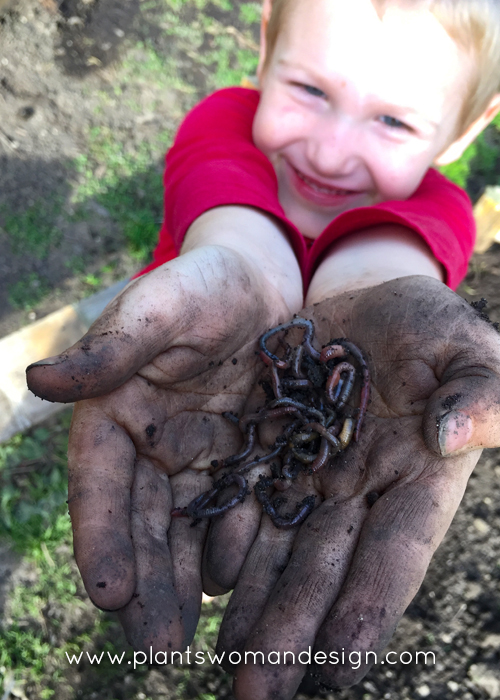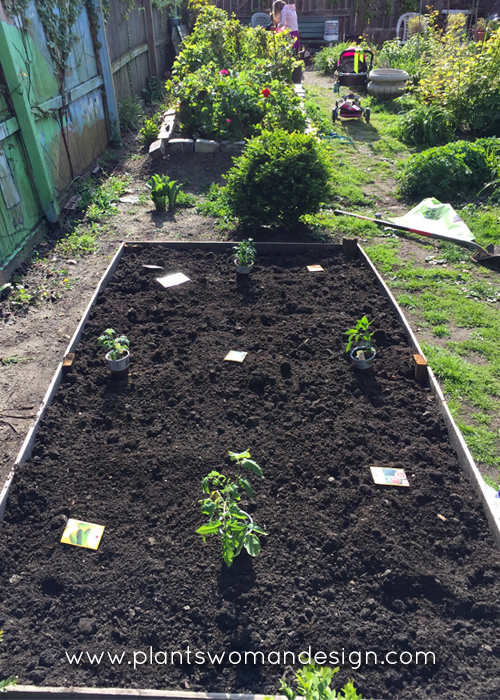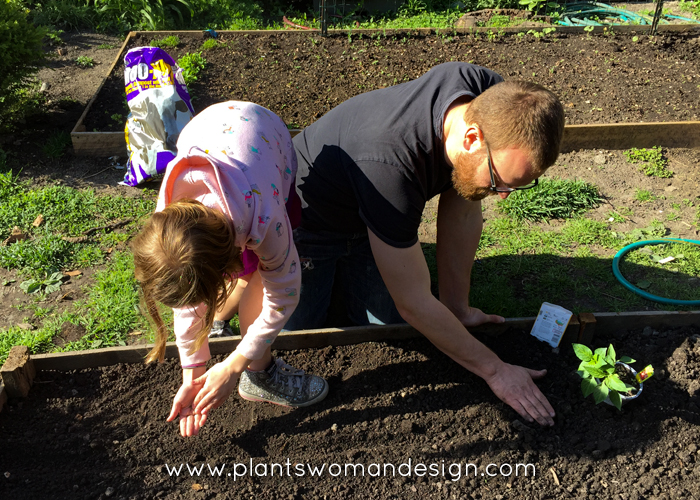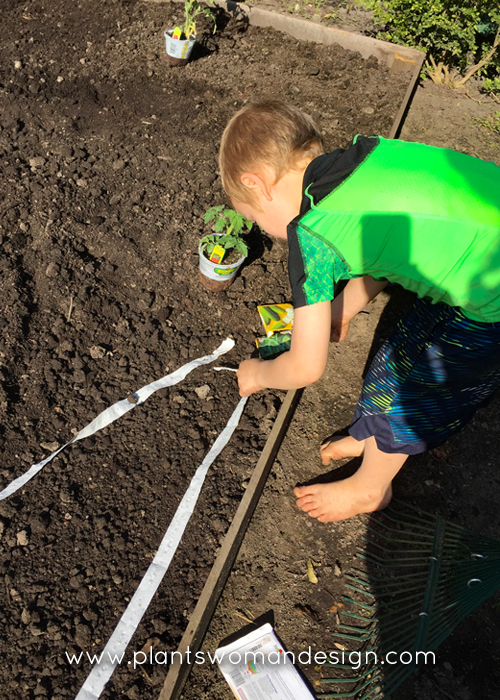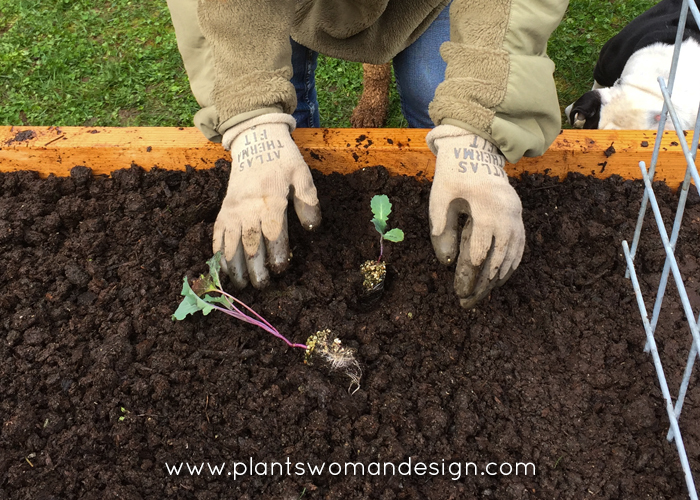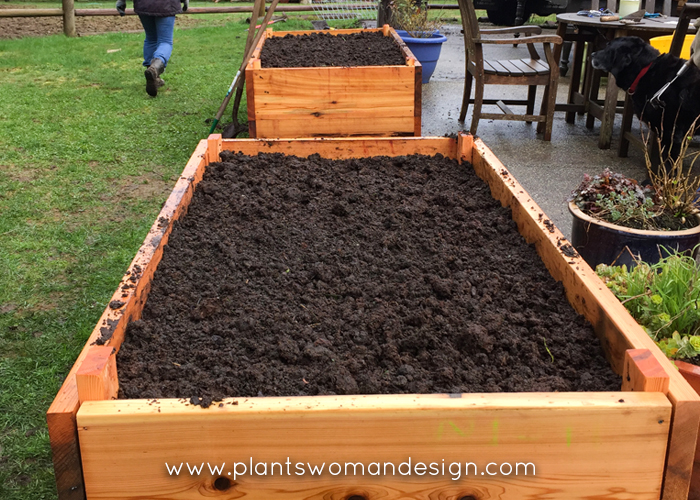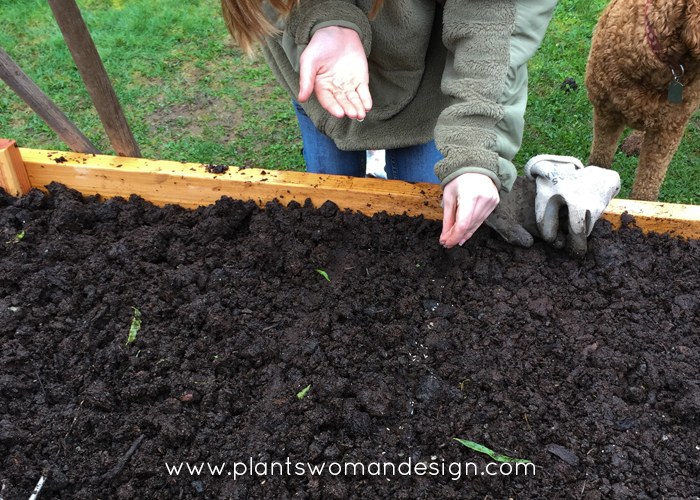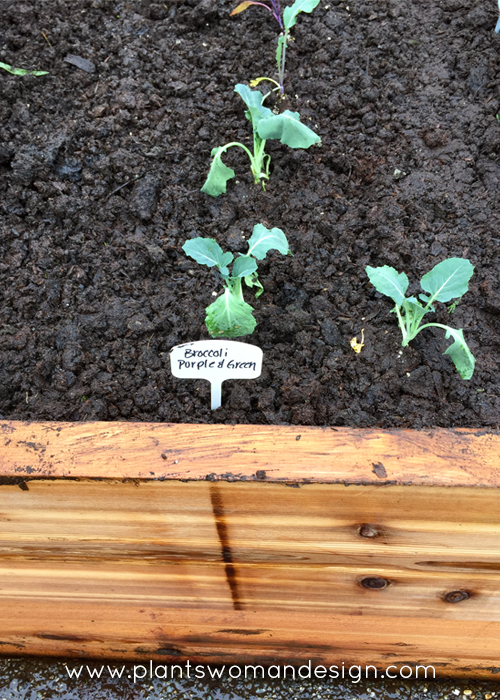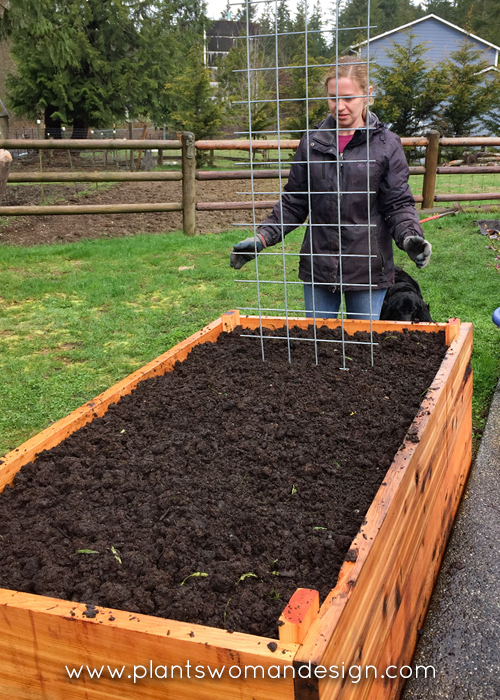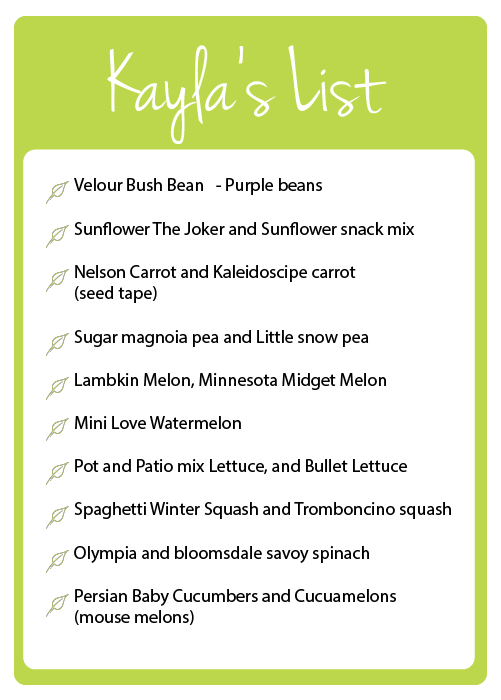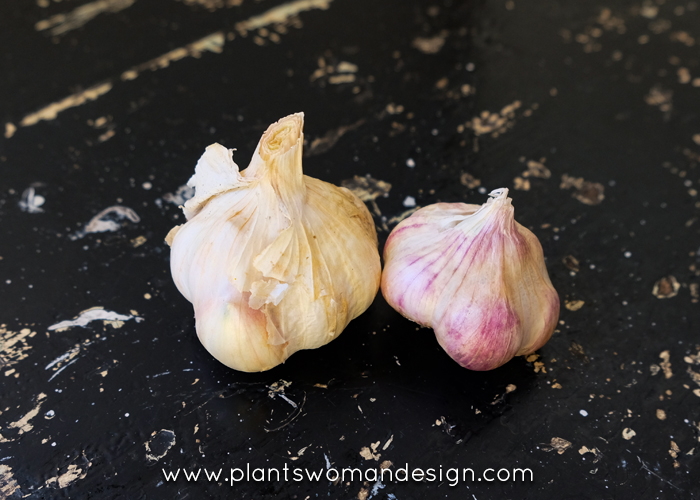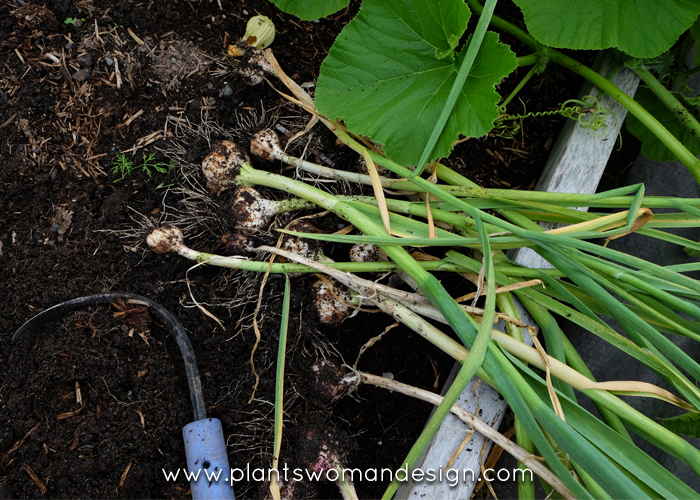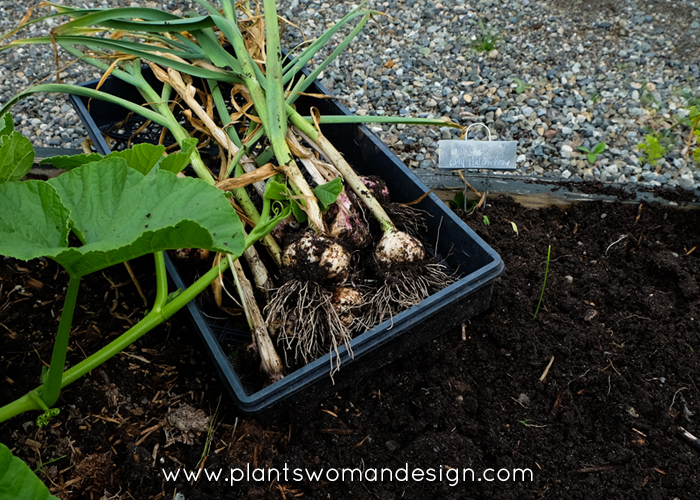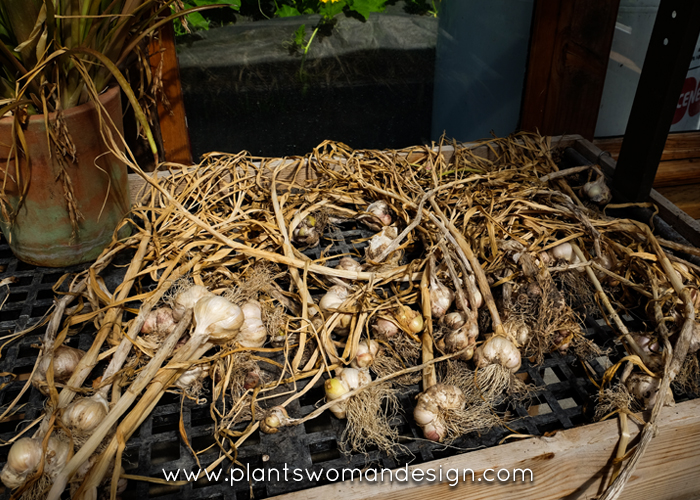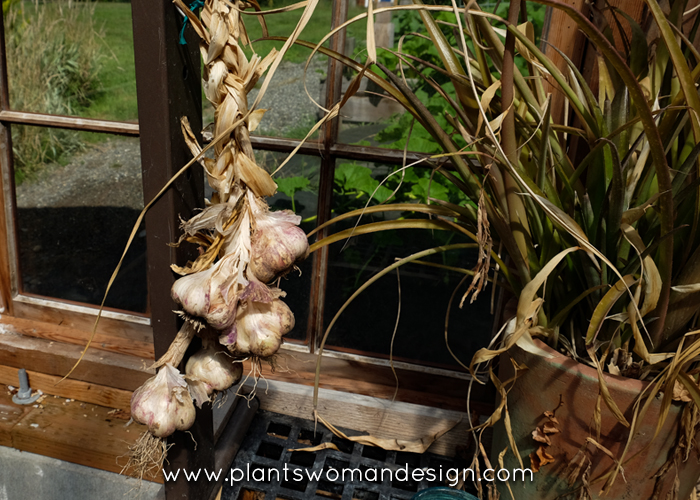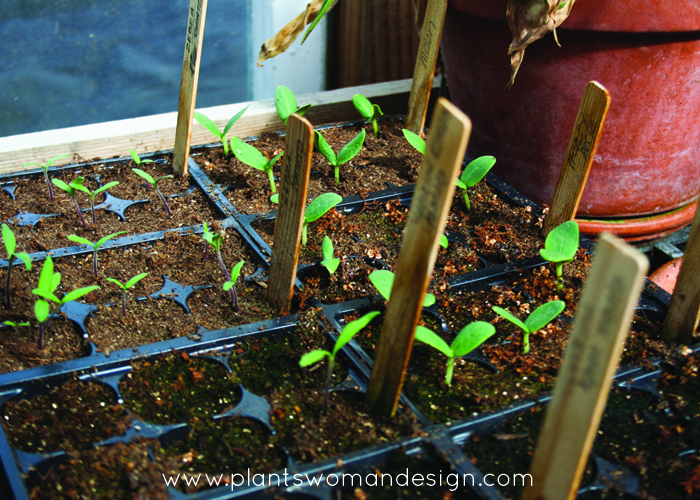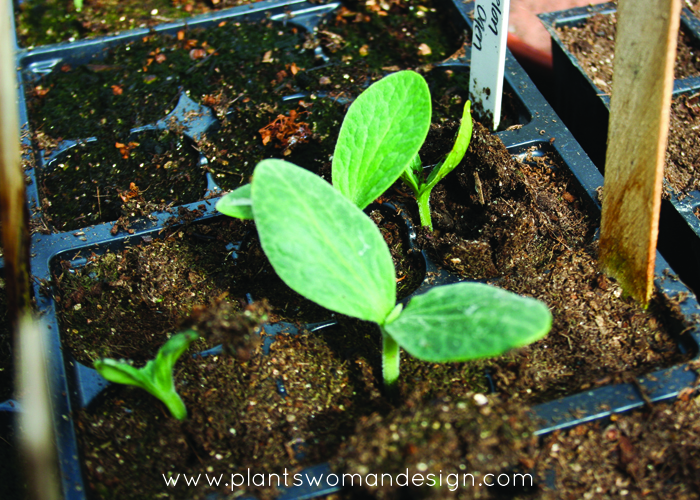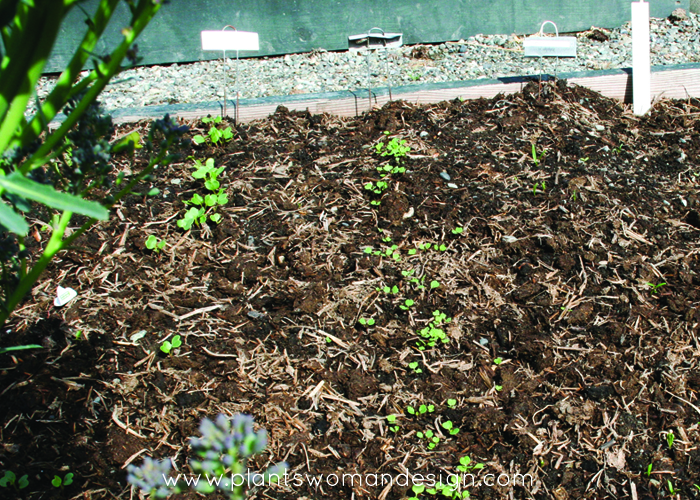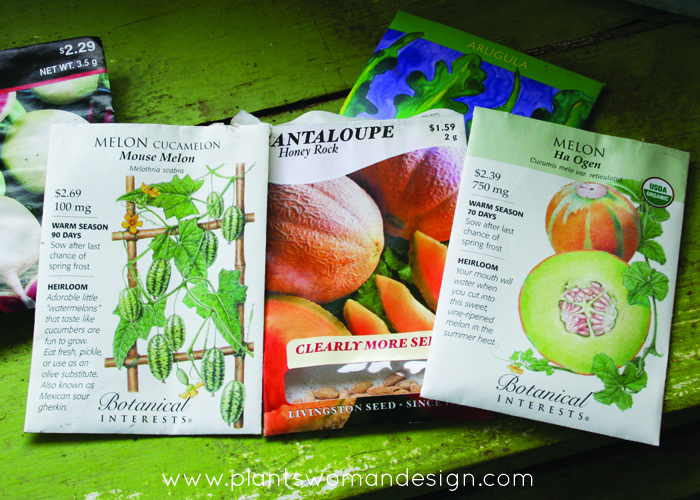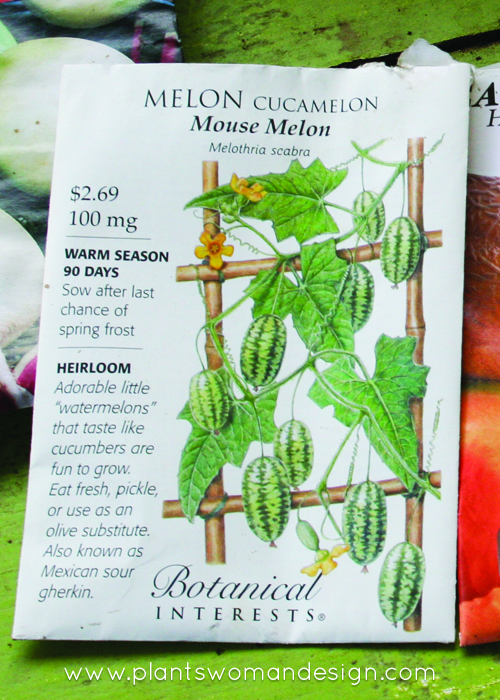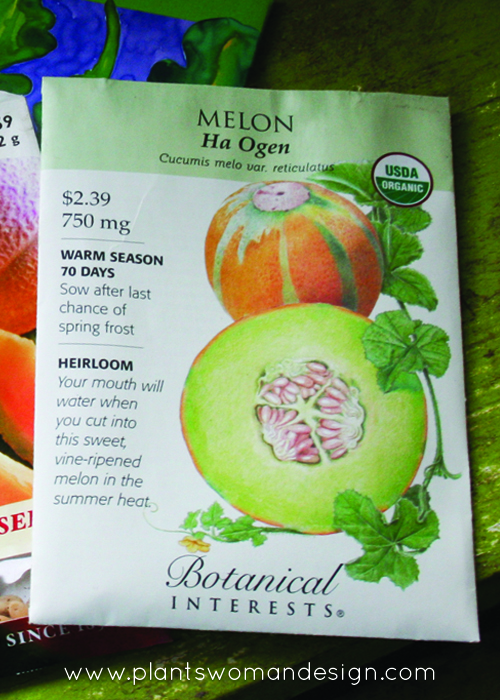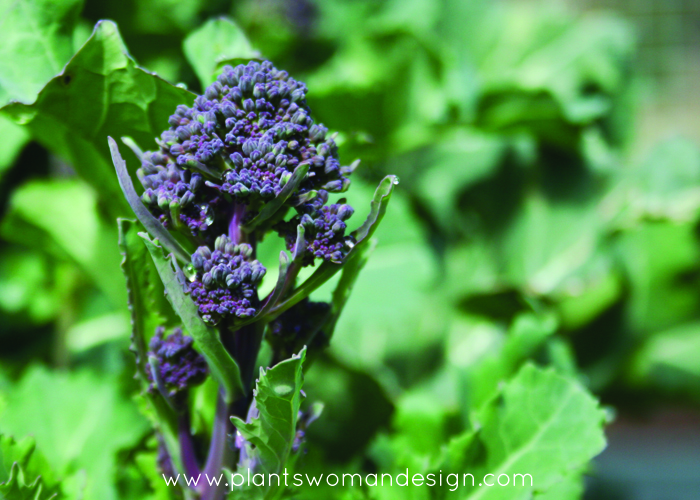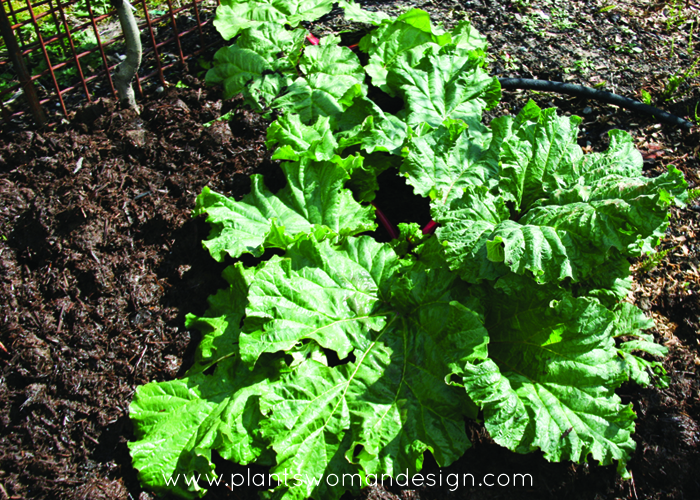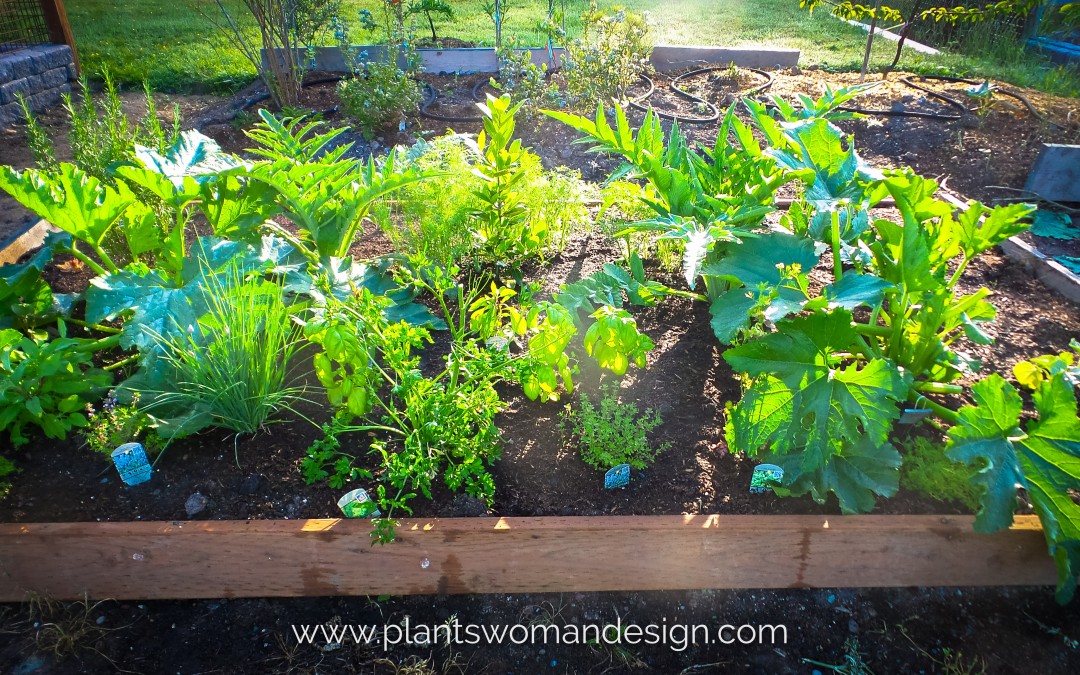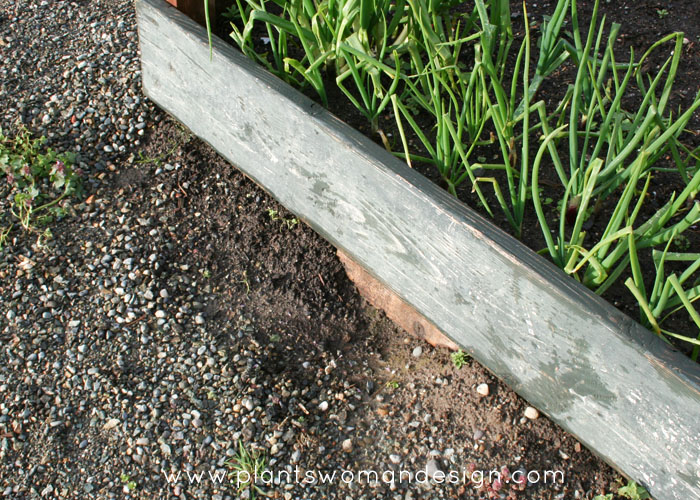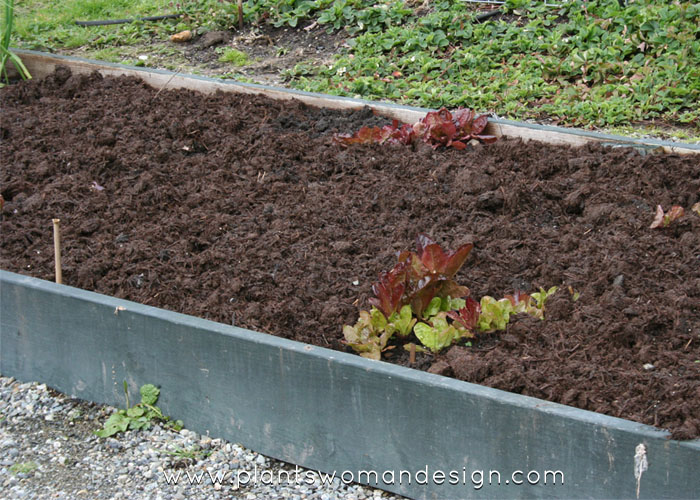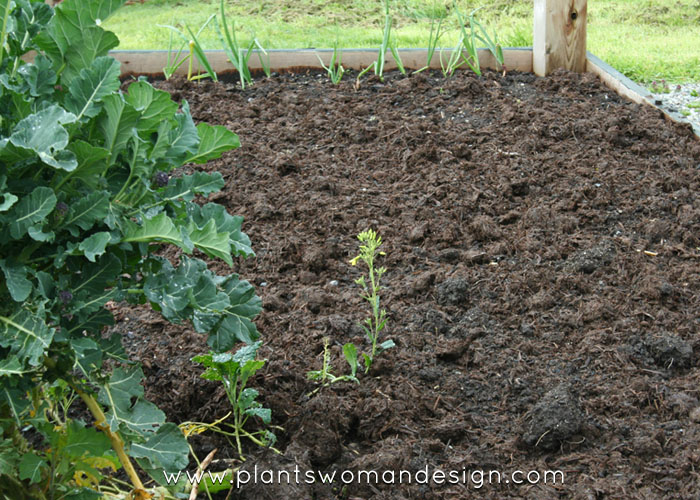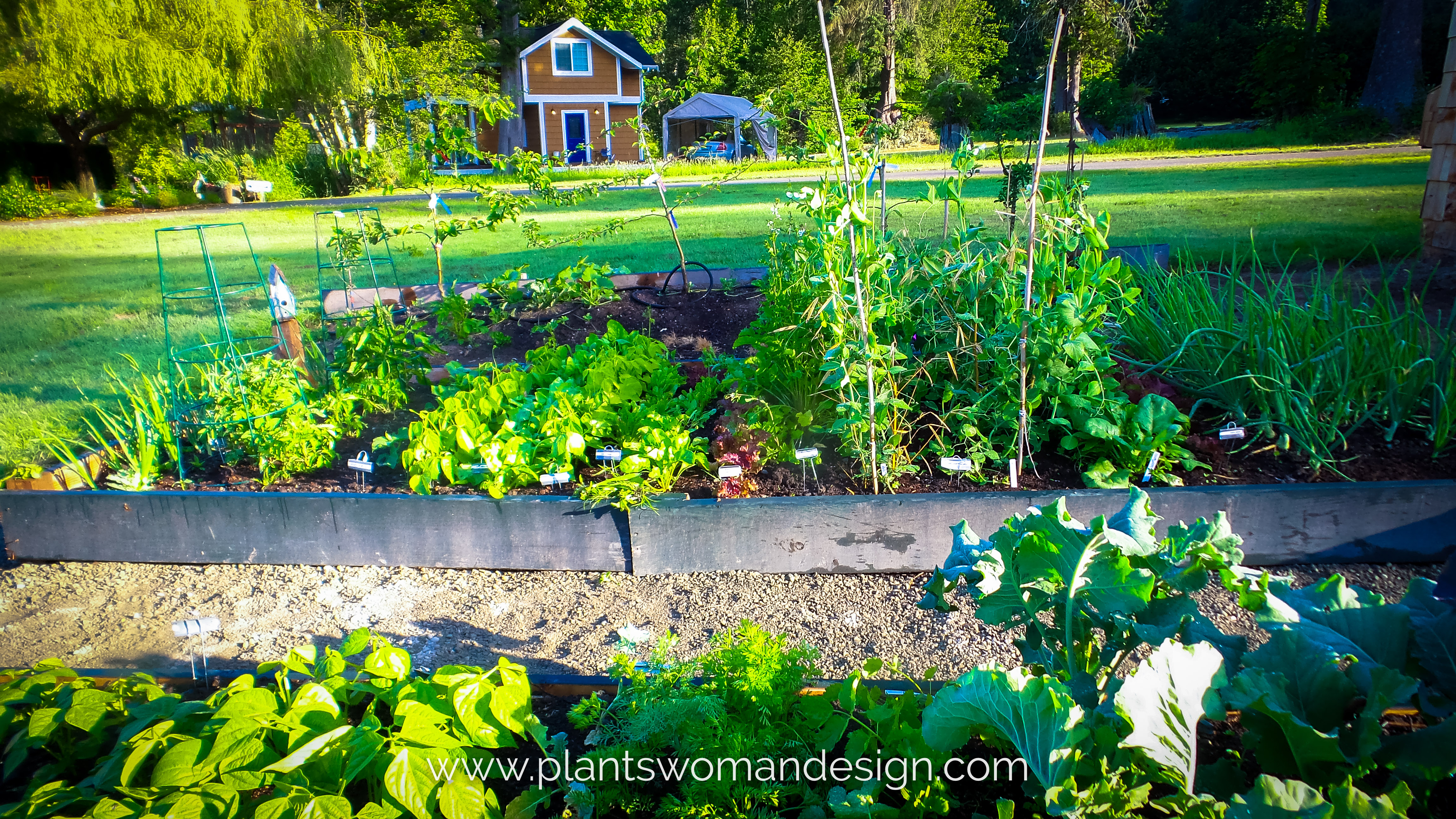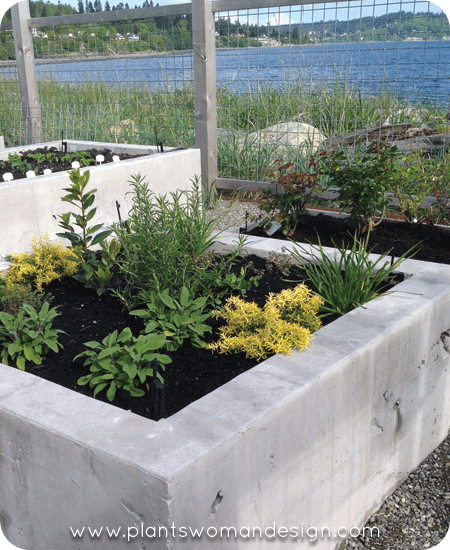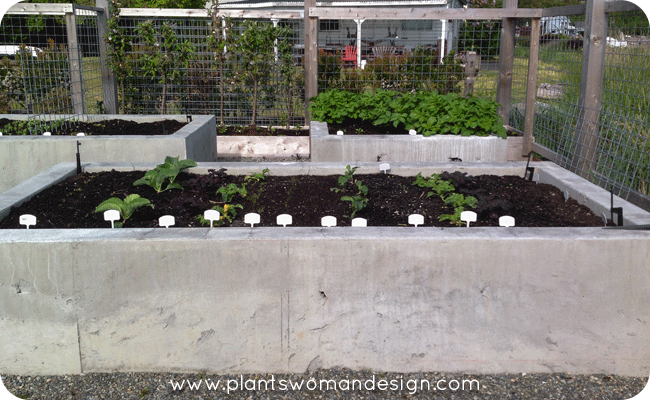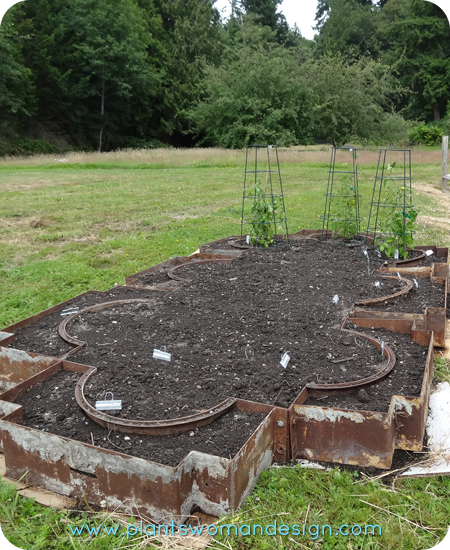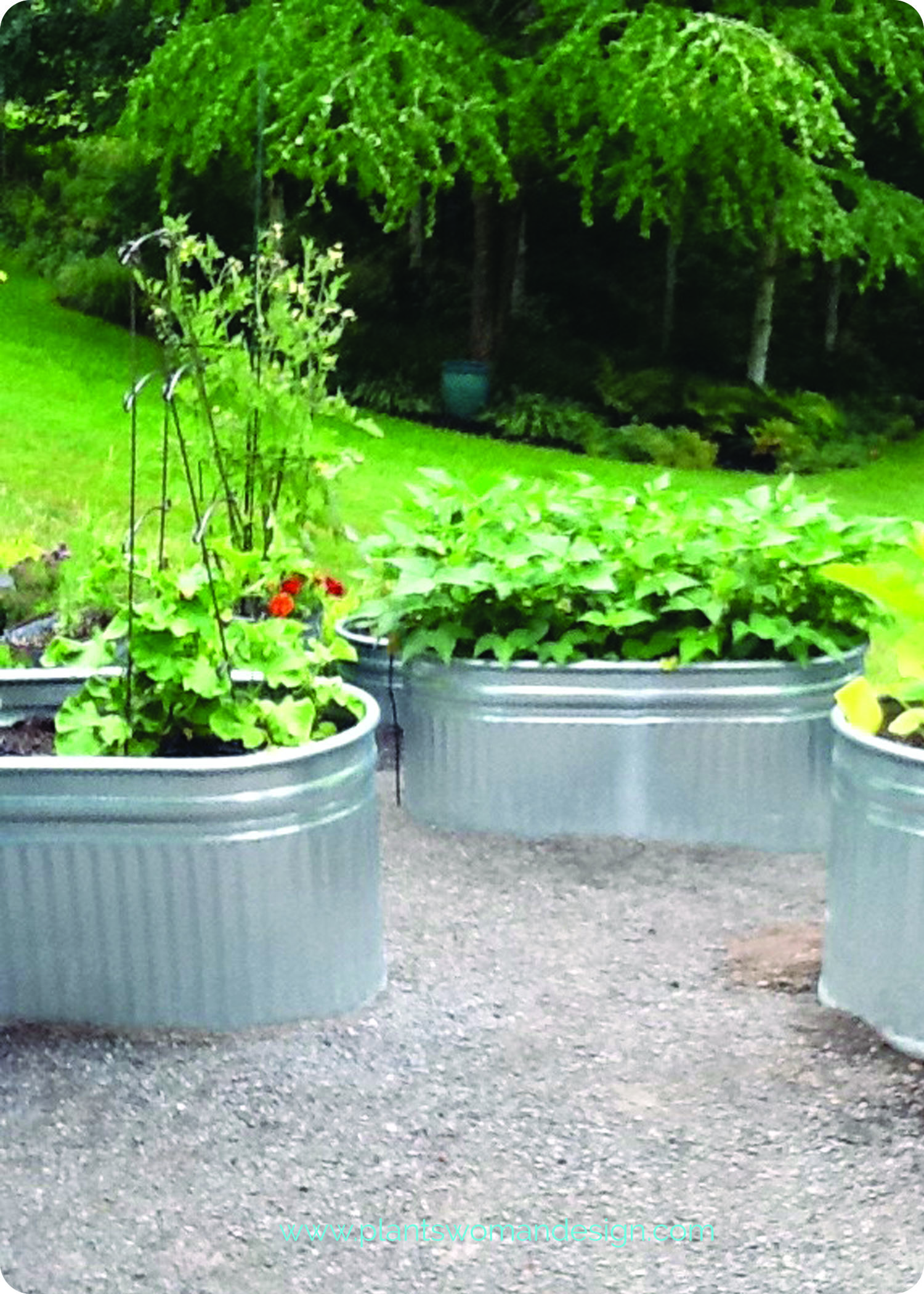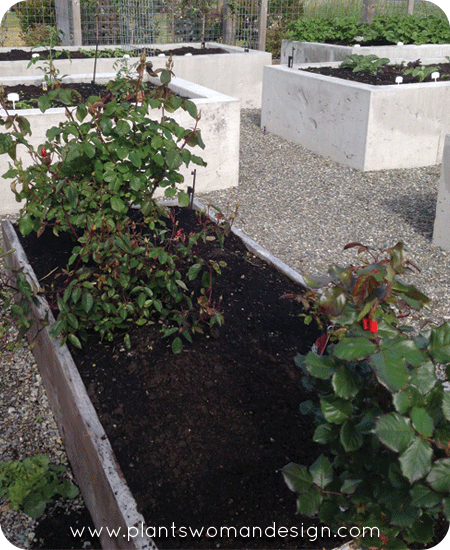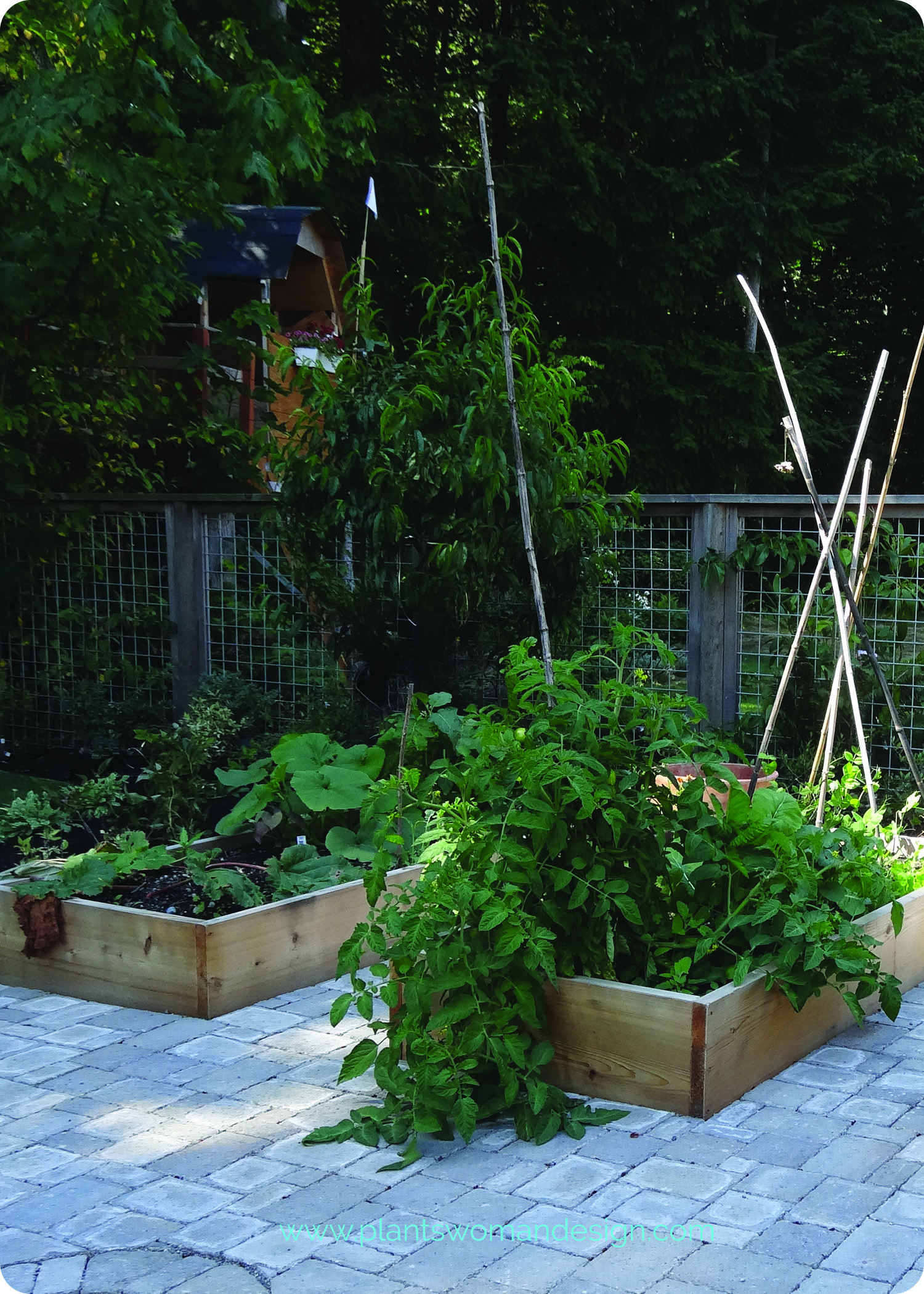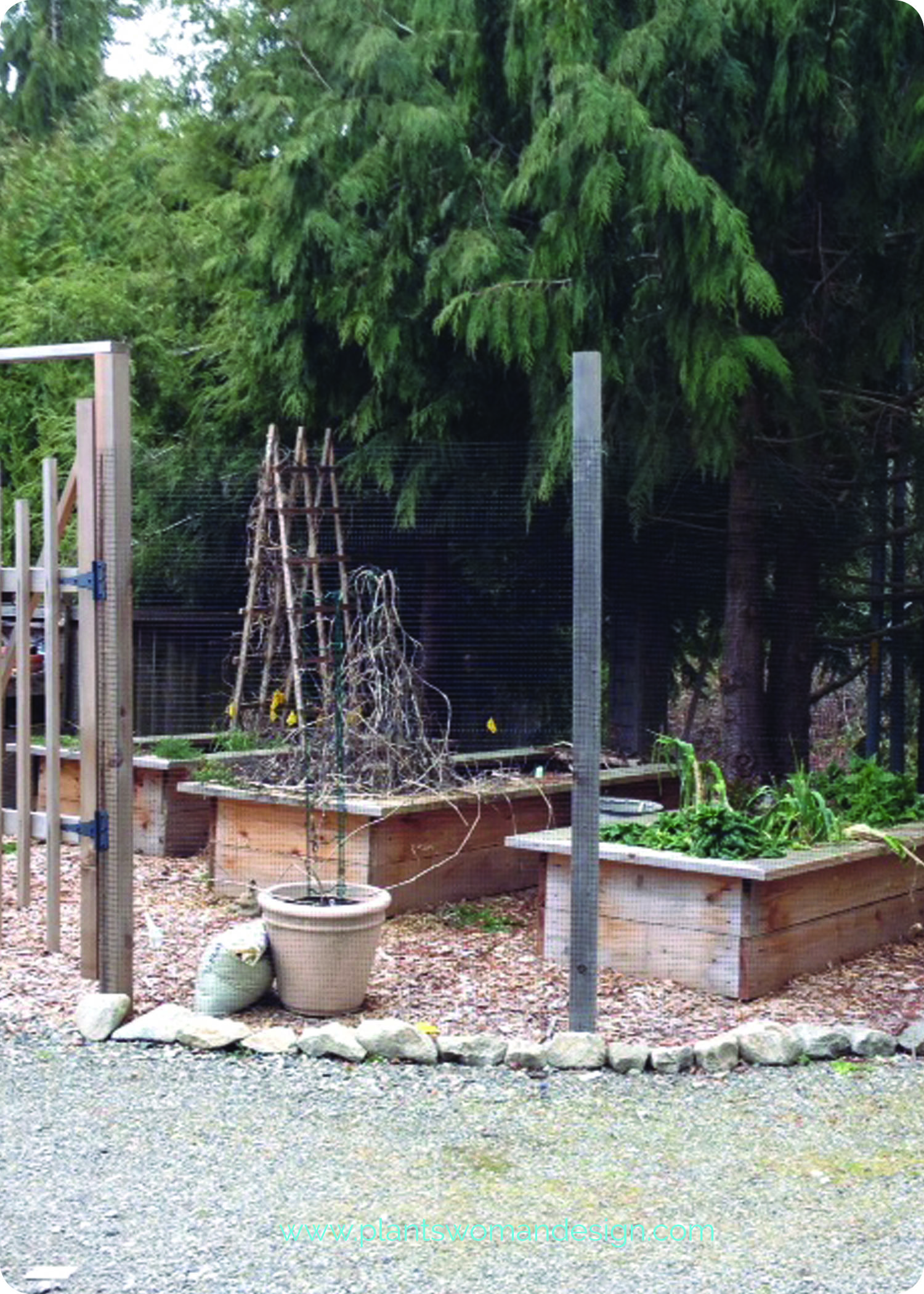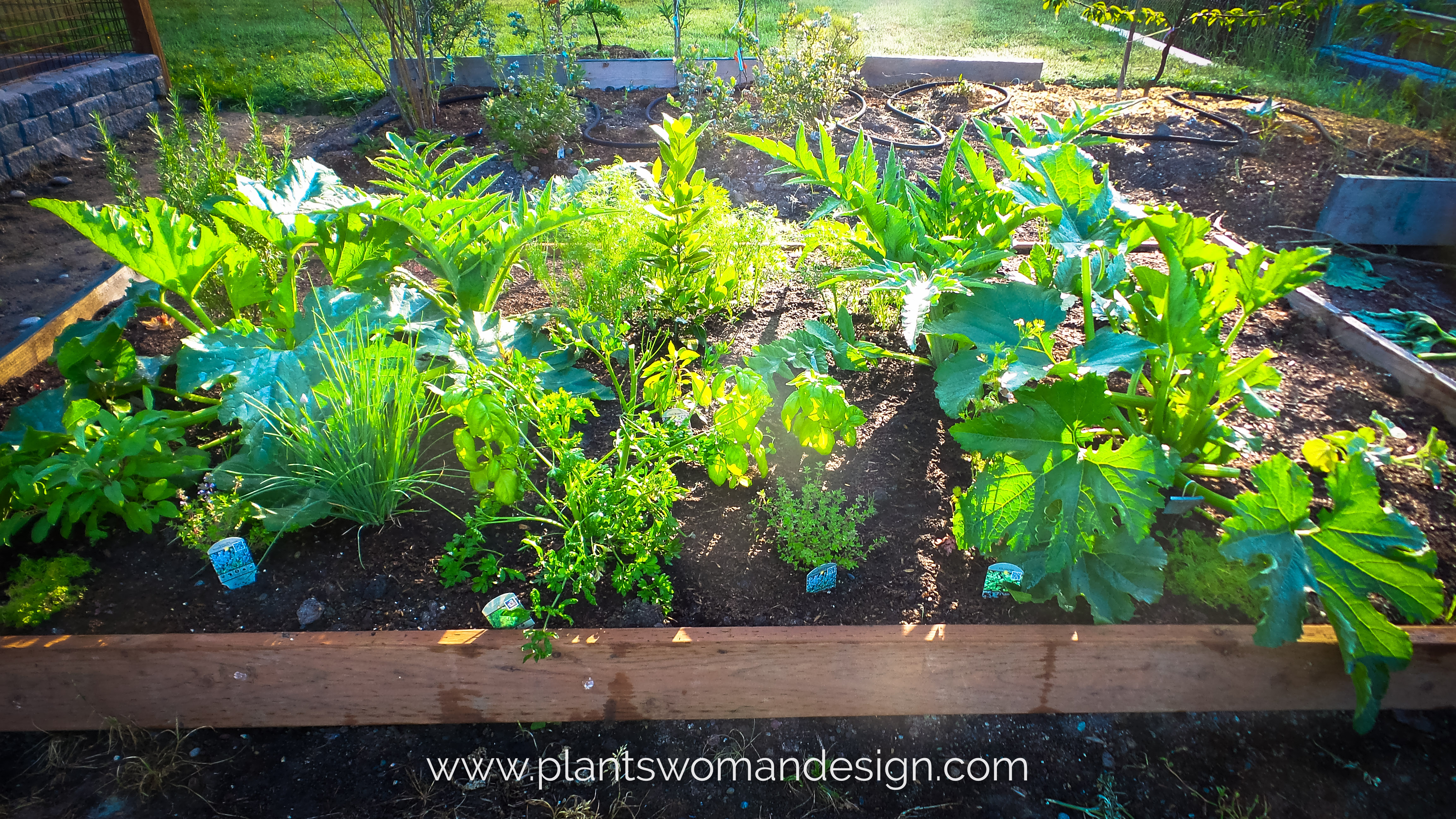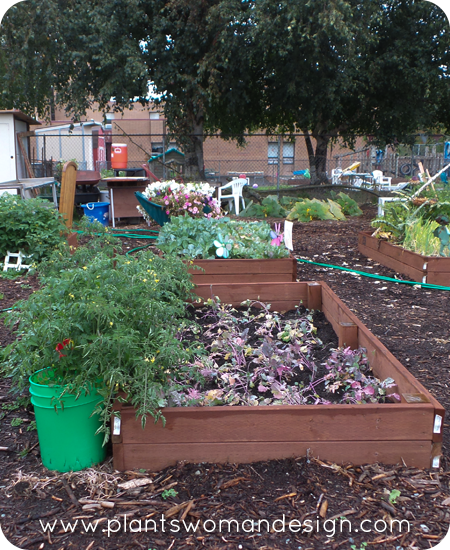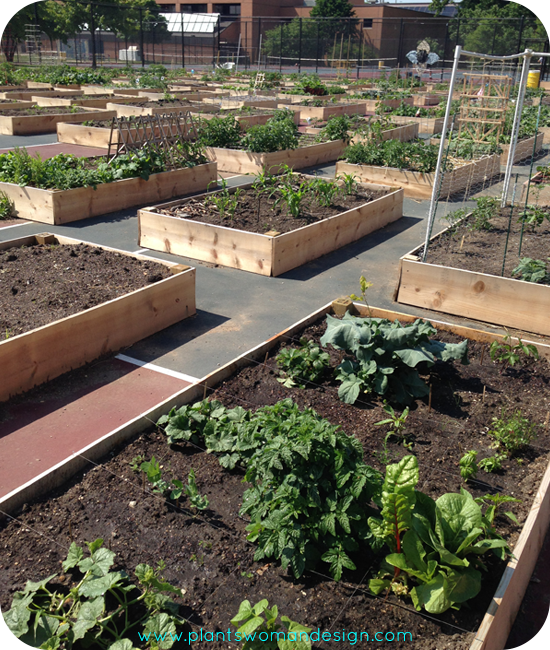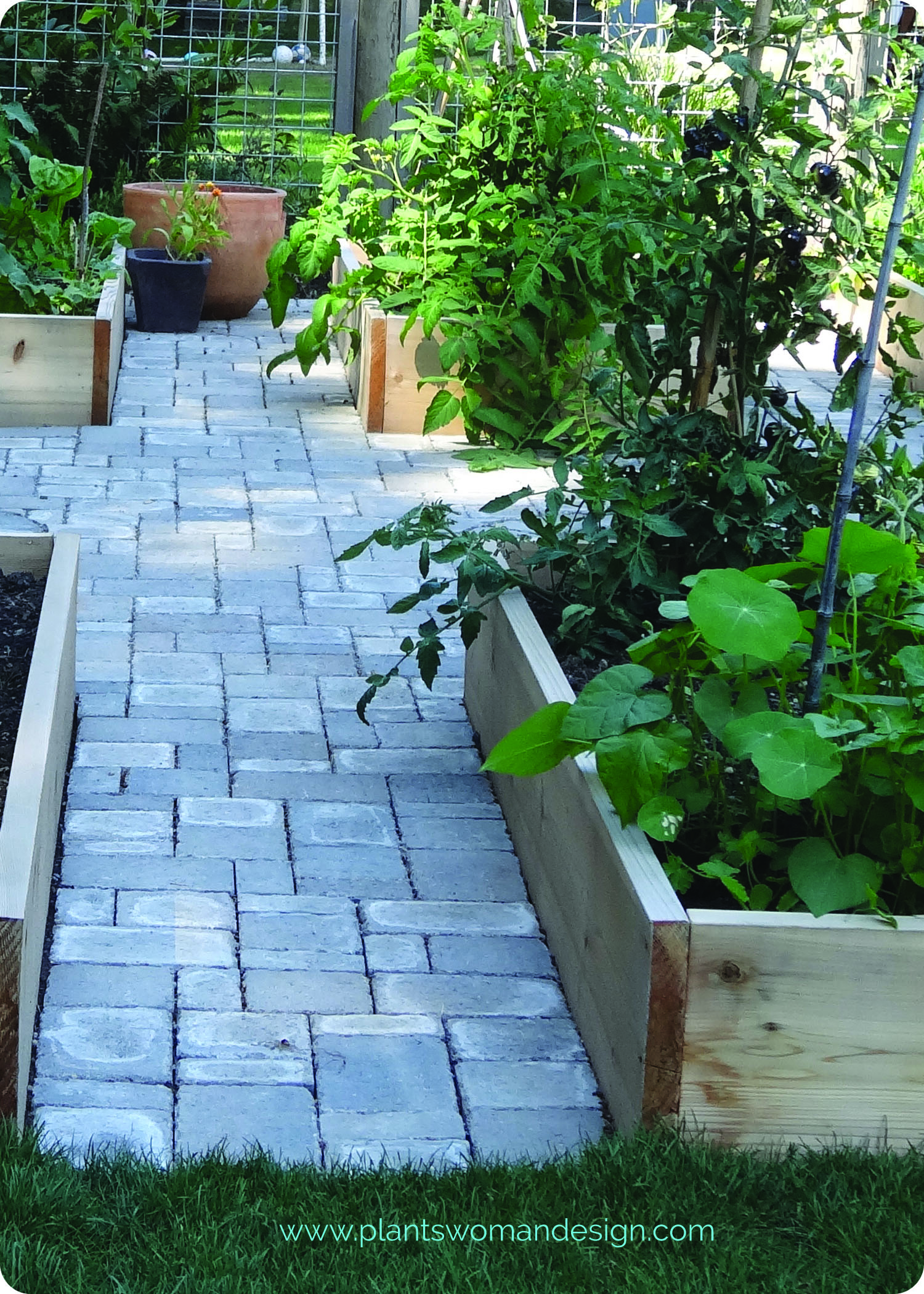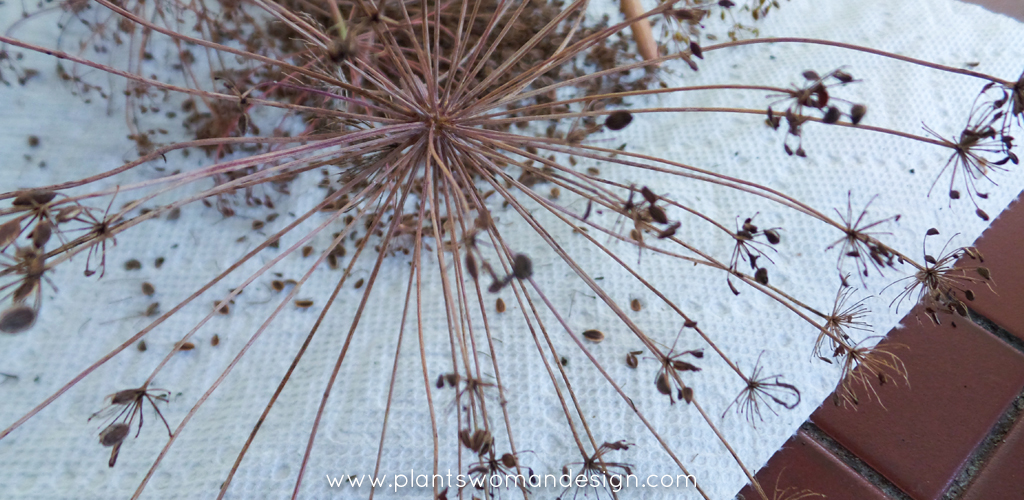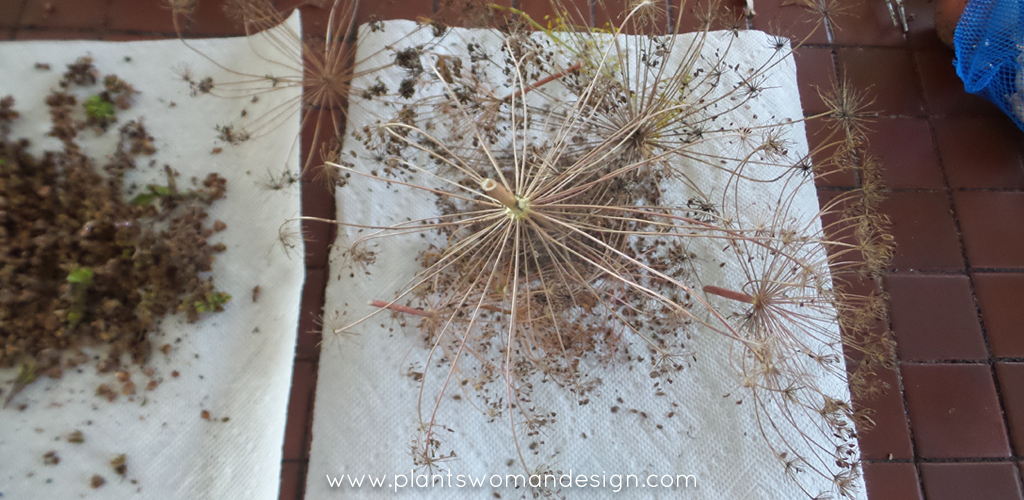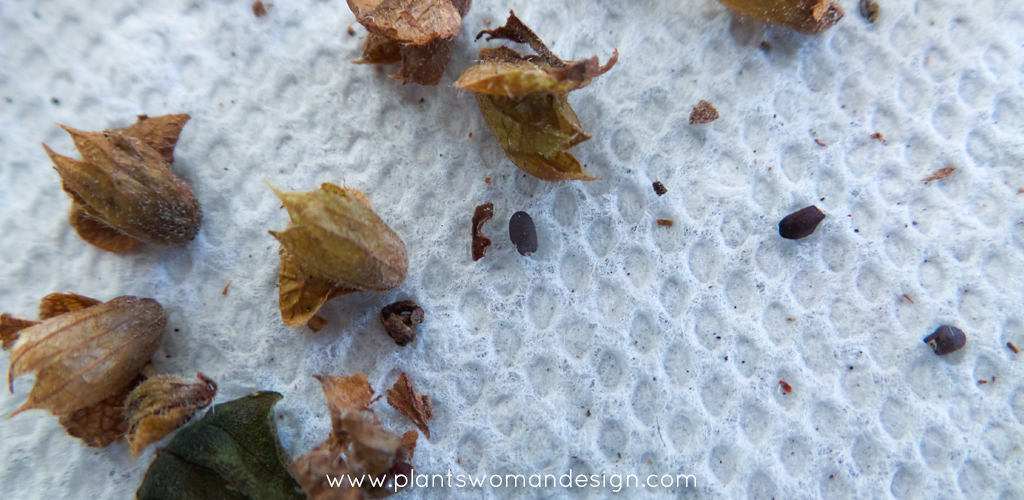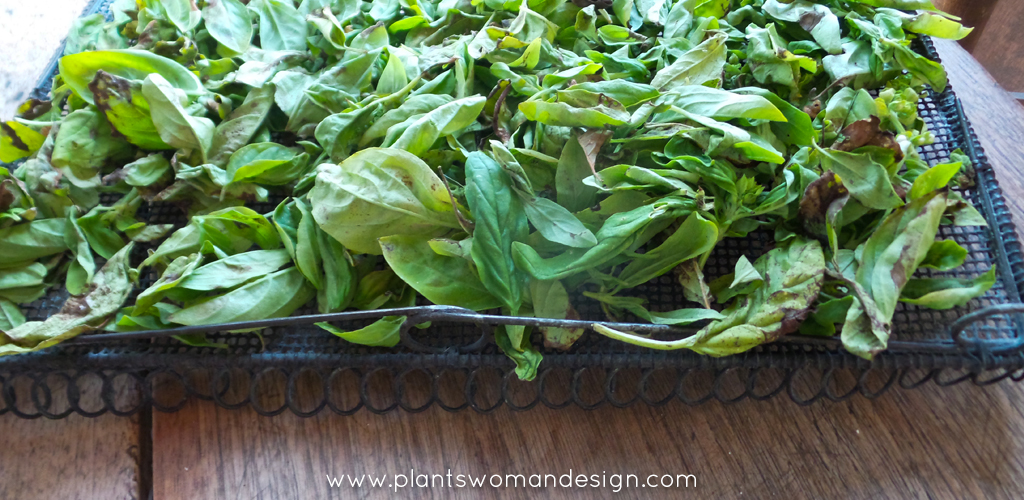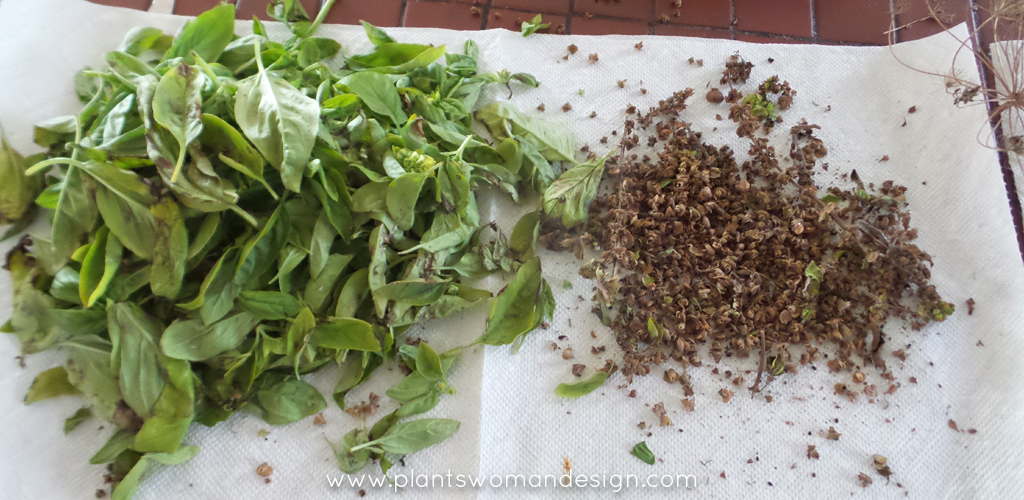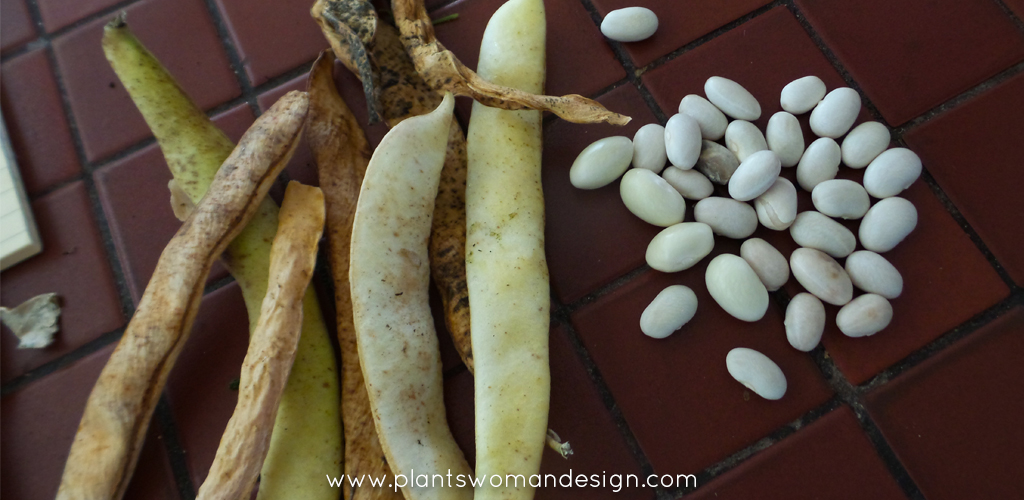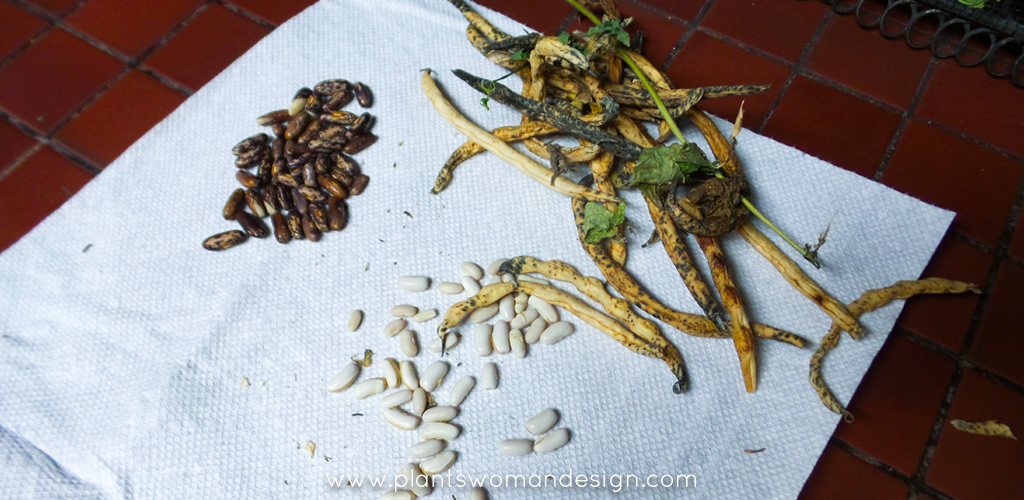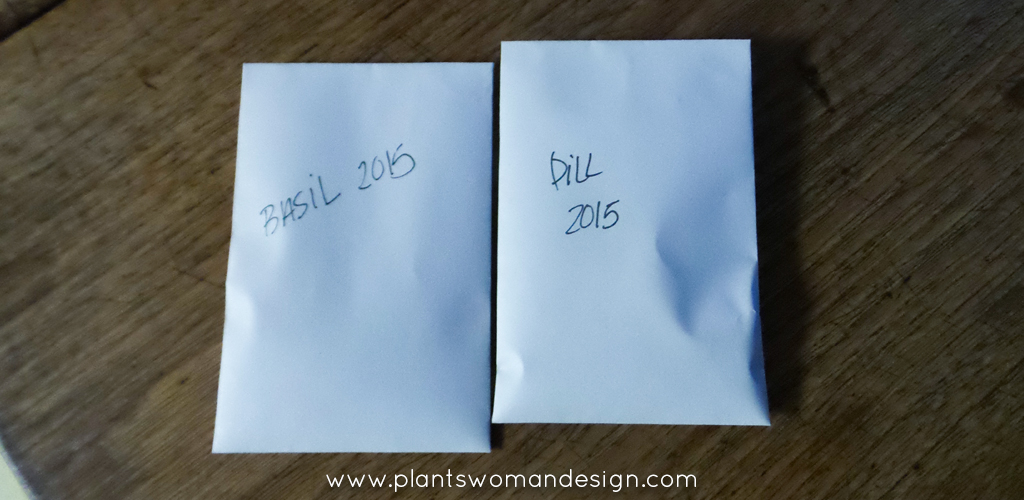I’m not a big seed saving person but I can’t really resist seeds when they are lying right in front of you. If you have never tried saving seeds before here is a little introductory tutorial for you. Veg seeds are easy to work with and usually very successful for home gardeners.
Before I start I realize that many people don’t see the need to save seeds. Lots of gardeners think that the $3.00 or so for a packet of seeds is not a big deal in the grand scheme of things and are happy to support the seed companies. When I think about the history of gardening the seed companies were the last ones on the scene. Historically gardeners always set aside a section of their garden to save seeds for the next year. The way many plants were shared throughout the globe was by seeds. Seed trading was a valuable monetary contribution to small communities and villages in exotic places. Precious peony seeds were traded and sold for extravagant amounts. Even now the trade of snowdrops seedlings and seeds is a crazy horticultural frenzy in the UK.
The other thing to think about is the ability to have a variety of veg that does really well in your garden with all its exposure and water variables. A spinach plant comes to mind. It was so great in my garden, didn’t bolt, lasted a long time with out the leaves getting too big. Now I’m kicking myself that I didn’t save the seeds since I can no longer find them. It was not popular enough to continue to produce large amounts in a big seed company.
If you are a person that is worried about the climate change, end of the world, and GMO variables in our food supply then seed saving doesn’t need to be explained.
Most plants want to produce seed. It’s a survival thing. Herb seeds are particularly easy to grow. There are perennial herbs and annual herbs. The perennial ones can be counted on year after year but the annuals like basil and dill need to be planted each year.
